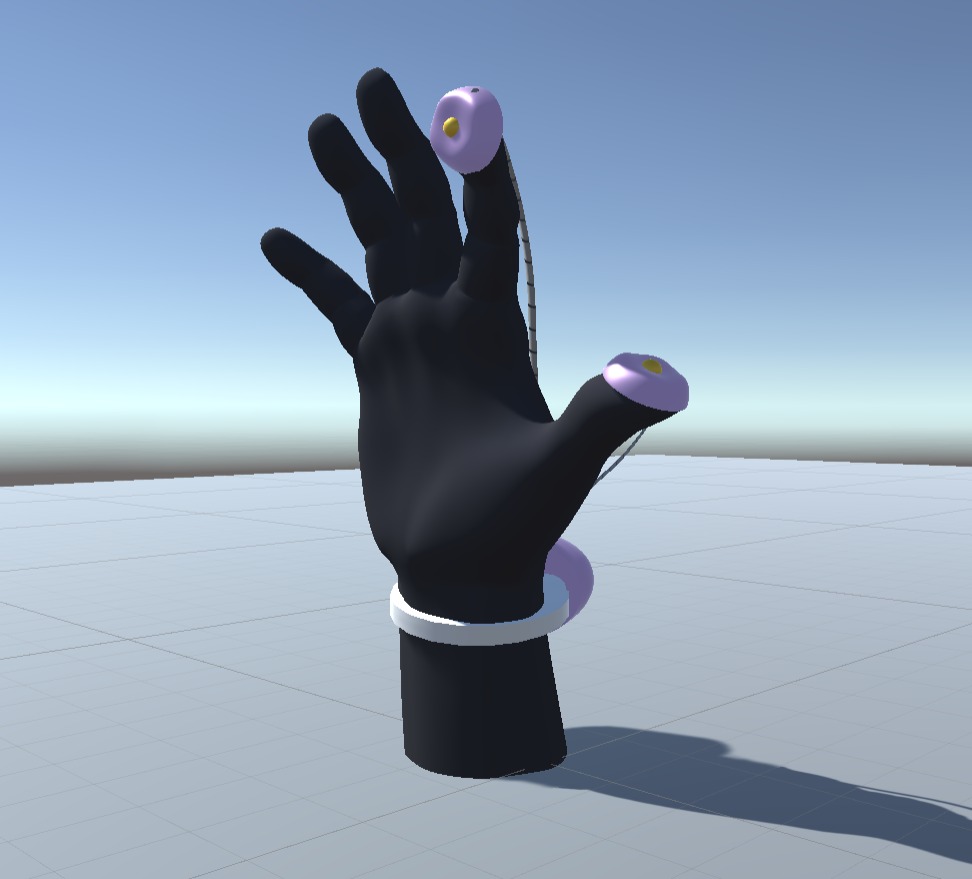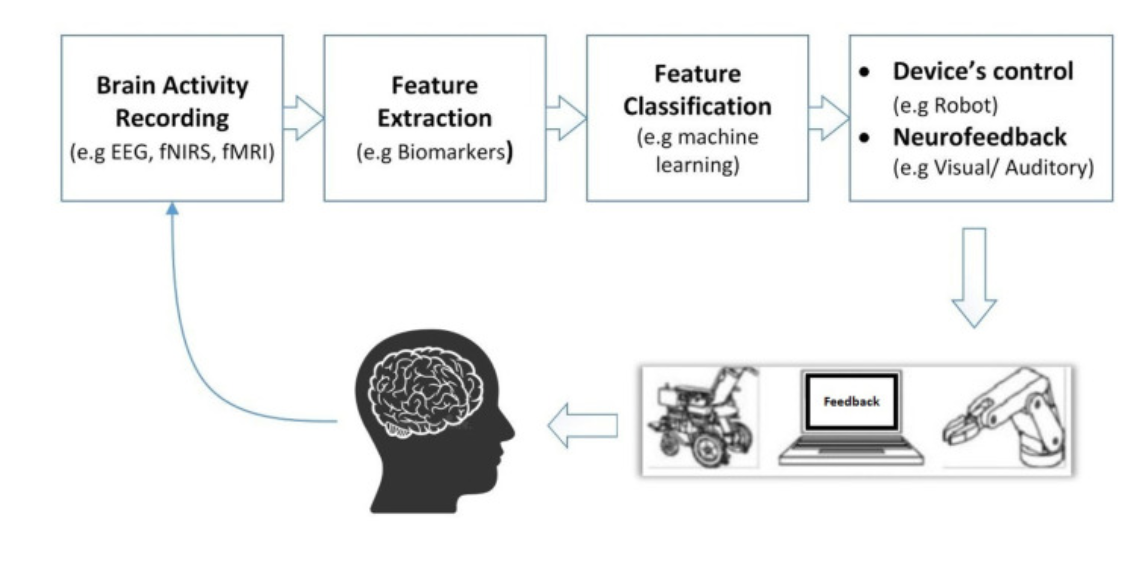
Brain Button
Brain–Computer Interface
Research Project
ROLE
Initiator and Project Manager
DESCRIPTION
BACKGROUND
What’s a more secure transmission medium than the brain itself? If brainwaves are the language of the brain then Electroencephalography (EEG) signals are the words. The current paradigm of brain-computer interfaces (BCI) are infeasible at efficiently decoding brain signals obtained from active thinking into coherent indicators.
Most BCI applications today make use of EEG signals aroused from the involuntary response to an external stimulus such as a light flicker. EEG signals mused from a deliberate, self-induced thought are more challenging to create and measure, and as such are less frequently observed in current BCI literature.
RELATED WORK
Within the BCI discourse, there are three main methods of BCI categorized as: passive, reactive and active (Kögel et al., 2019). Passive relies on non voluntary neural activity such as psychologically states or cognitive load. Reactive is triggered by an external stimulus that typically induces a P300 event-related potential (ERP) or Steady State Evoked Potential (SSEP).
Current research suggests that electrodes placed on the frontal lobe can elicit discernable neural responses between a familiar language and an unfamiliar language. This is just one technique that can harness EEG representations to attain a level of consistency of neural pattern formation (Soman et al., 2019).
PURPOSE
In my approach, I use an active BCI in which the user intentionally modulates their brain activity to bring out neural characteristics identifiable after mathematical processing and classification (Salvaris, 2014). In this way, a user will be able to evoke a stimulus directly from their mind without the need of external cues or triggers. Essentially, a “Brain-Button”. Achieving a consistent and unique signal in this method requires a degree of operant conditioning with respect to the mental strategy used to produce the signal.
An objective in addition to increased precision of BCI signaling is the design of a more ergonomic BCI device in regards to its setup (pre-processing) time, wearability, comfort and overall usability. In order to achieve this while overcoming the technical challenges introduced, the device I propose in this paper is a simple BCI meant for only decoding 2-3 unique signals. These signals can then be transmitted through IoT exchange (such as bluetooth) for interoperability with other digital and physical applications.
RESEARCH GOAL
My research goal is to achieve increased precision of EEG signaling using just 2-4 electrodes, coupled with the design of a more ergonomic BCI device that enables usability without a fixed headset. In addition, I imagine the benefits for environments where standard HCI methods (tactile, visual and auditory) are limited such as in microgravity or the spacesuit of an astronaut.
IN PROGRESS….
SKILLS
Brain-computer interfaces, Sensor technologies, Open BCI, Unity, MATLAB, C++



